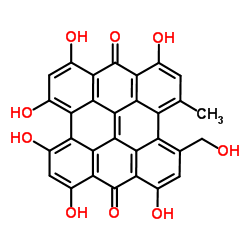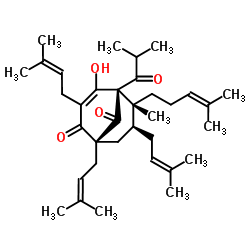| 结构式 | 名称/CAS号 | 全部文献 |
|---|---|---|
 |
伪金丝桃素
CAS:55954-61-5 |
|
 |
贯叶金丝桃素
CAS:11079-53-1 |
| 结构式 | 名称/CAS号 | 全部文献 |
|---|---|---|
 |
伪金丝桃素
CAS:55954-61-5 |
|
 |
贯叶金丝桃素
CAS:11079-53-1 |